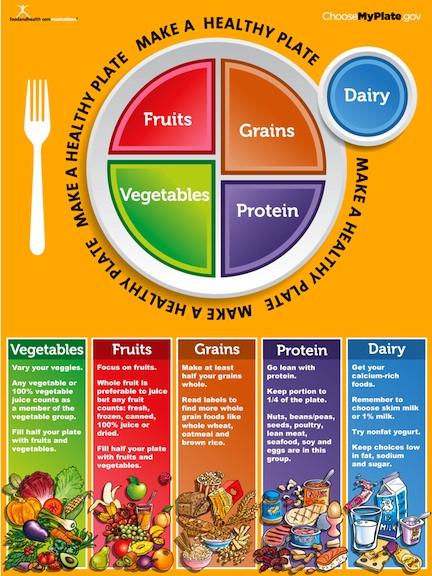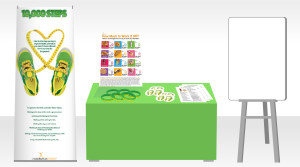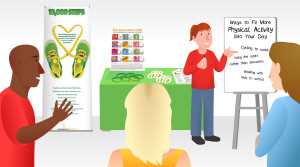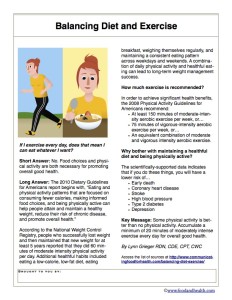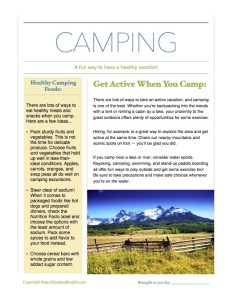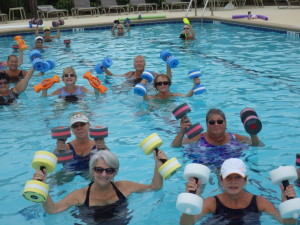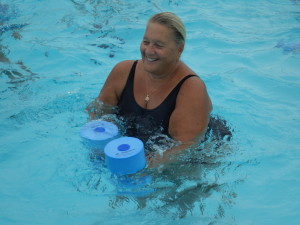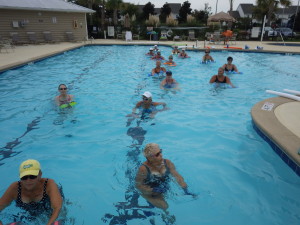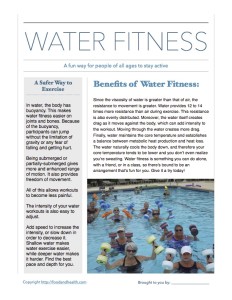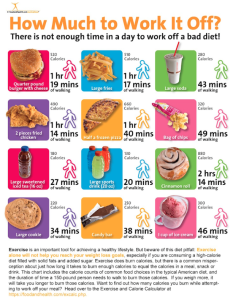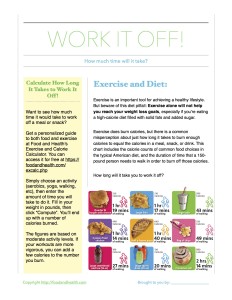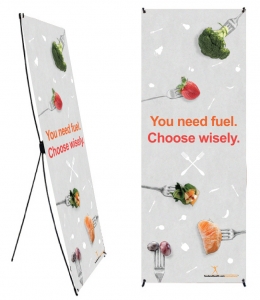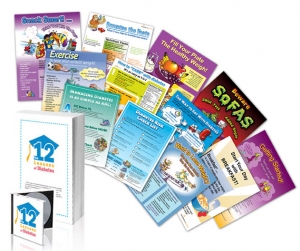How many times have you heard someone say, ‘I know I should exercise, but I’m too busy’? Or too tired or too out of shape or too old. Fill in the blank – you’ve probably heard it all. Use our 10,000 Steps materials to teach that regular physical activity is not only good for our health, but it’s attainable for everyone!
Our 10,000 Steps poster and banners are educational, fun, and eye-catching. They come with a free Take Steps to Good Health printable handout. Add some fun to your classes and health fairs by offering prizes (like our stickers, wristbands, buttons, and bookmarks) for answering questions and sharing experiences.
Here are seven ideas for lessons and conversations to use with our 10,000 Steps materials in just about any setting:
- How many steps do you think most people take every day? Help the class along by asking people to raise their hand if they think it’s 1,000-2,000; 3,000-4,000; etc. Whoever answers correctly (3,000-4,000) gets a prize (sticker, bookmark, button, or wristband).
- Do you use a pedometer or cell phone to count your steps? (Give these people a prize.) If so, how many steps do you usually take in a day? Do you keep track of the daily number? Tip: write down your daily steps (or use an app). You can’t change what you don’t track!
- Getting to 10,000 steps a day isn’t as hard as you think. Think about times when could walk instead of sitting (waiting rooms, waiting for a friend, waiting for a movie to start…). Can you think of other times when walking just a little bit more would be easy to do? How about taking an extra lap around the grocery store or mall? Walk around your office or house when talking on the phone. Every step counts!
- Walking is the perfect way to be active. It’s economical – no gym membership or special equipment required. It doesn’t depend on the weather – when it’s rainy, cold, or hot and humid, walk inside at the mall or around a mega-store. It can be done anytime – while talking on the phone, listening to music or podcasts, or chatting with a friend in person.
- Brainstorm how to take extra steps at home and as a family. How about walking after dinner, marching in place during commercial breaks, or walking up and down the stairs a few extra times a day?
- Brainstorm ways to take extra steps at work. Turn work breaks into walk breaks. Go by yourself or with a co-worker. Inside or outside. Hold “walking” meetings.
- Taking 10,000 steps daily provides the health benefits of regular physical activity, like better sleep, mood, and strength; helping you maintain or get to a healthy weight; and reducing your risk of heart disease, stroke, high blood pressure, and diabetes.
Check out all the items in our 10,000 Steps theme!






